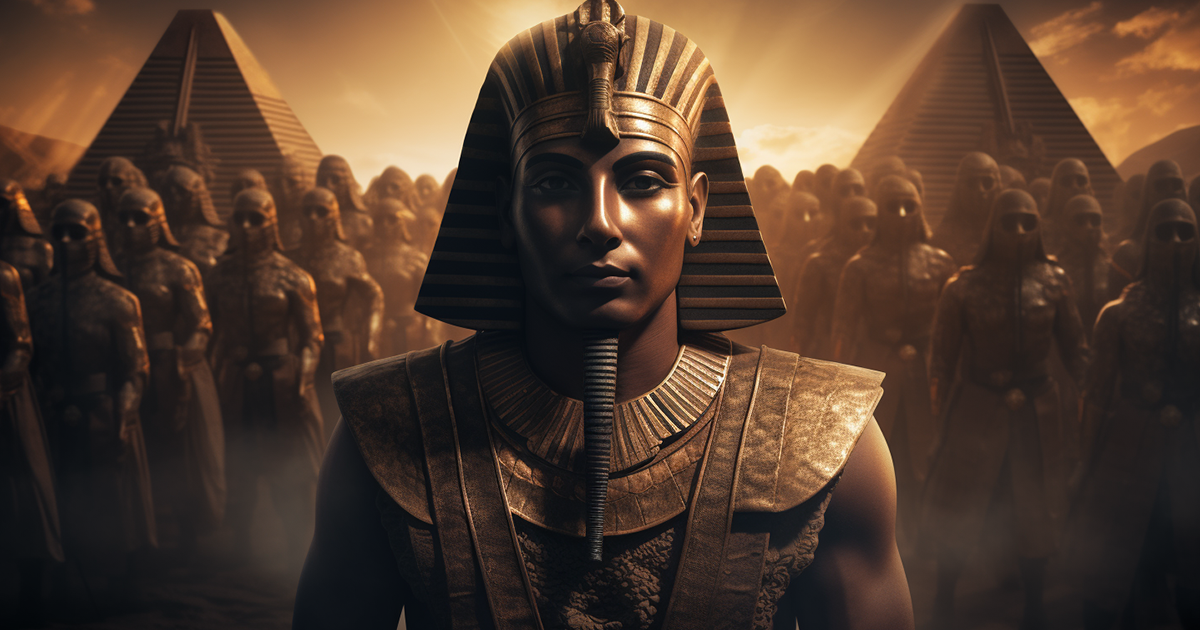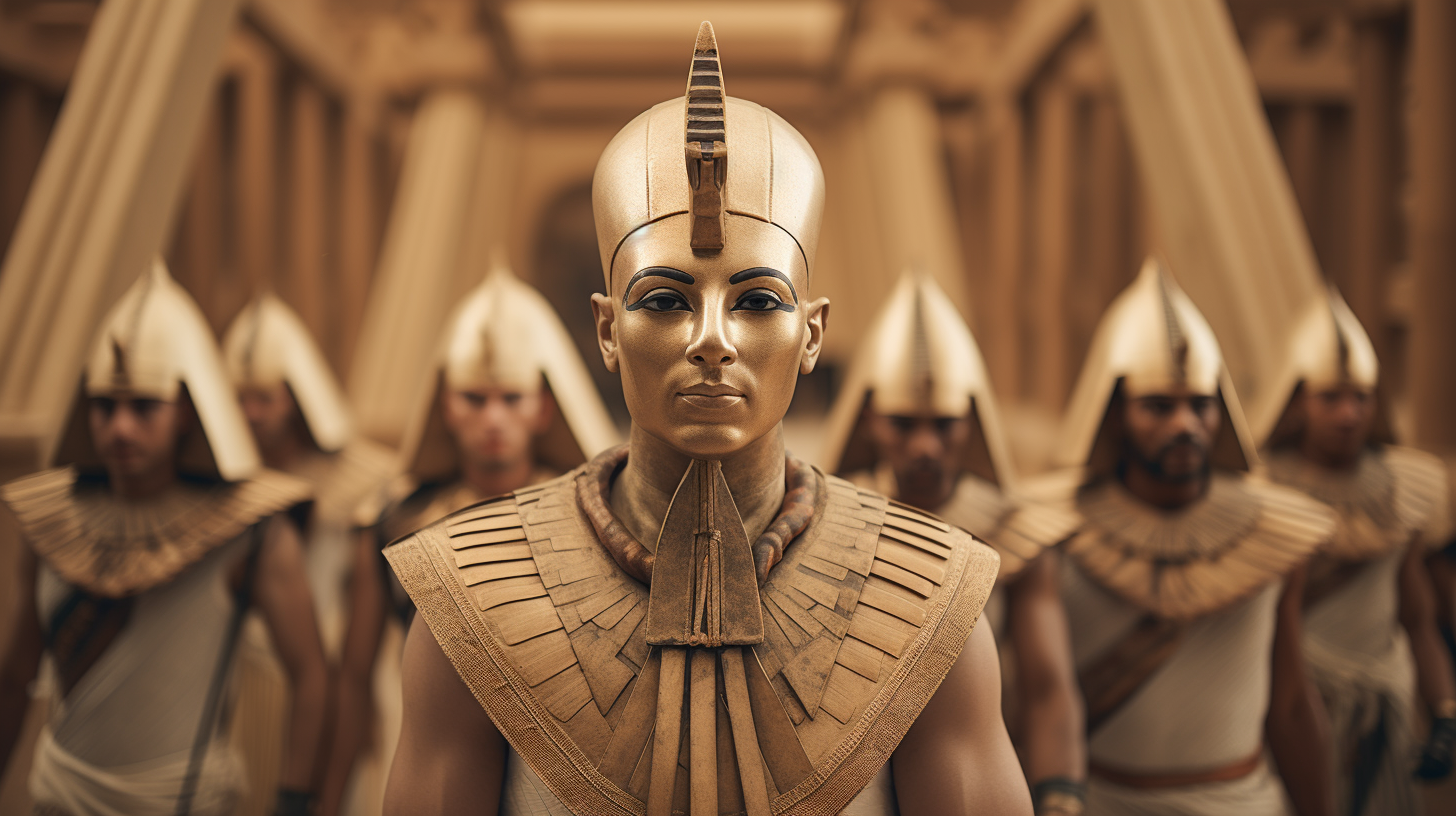In the annals of ancient history, there exists a fascinating tale of a powerful ruler who defied the odds to leave an indelible mark on the world, despite the determined efforts to erase her from history. This remarkable figure is none other than Hatshepsut, a female pharaoh whose legacy has endured for over three millennia.

When Hatshepsut passed away, her successor sought to erase all memory of her reign, a common practice in ancient times when power transitions were not always smooth. Despite these concerted efforts, Hatshepsut’s legacy endures through the ages, and her mortuary temple remains a testament to her resilience and influence.
Hatshepsut’s reign, which spanned from approximately 1479 to 1458 BCE, was a period of prosperity and innovation in ancient Egypt. She is remembered not only for her impressive architectural achievements but also for her significant contributions to Egyptian society.

One of Hatshepsut’s most enduring legacies is her mortuary temple, known as Djeser-Djeseru, which translates to “The Holy of Holies.” This architectural marvel is situated at Deir el-Bahri on the west bank of the Nile River near the modern city of Luxor. The temple is a testament to her vision and ambition, boasting a striking design that combines elements of traditional Egyptian temple architecture with innovative features.
The Mortuary Temple of Hatshepsut is known for its three terraced levels, with colonnaded terraces and ramps that lead to a sanctuary at the top. These terraces are adorned with intricately carved reliefs depicting scenes from Hatshepsut’s life and her divine birth, legitimizing her rule. The temple also featured a sun court and an array of statues, further emphasizing her connection to the gods.
The enduring presence of Hatshepsut’s mortuary temple is a remarkable testament to her resilience. Despite the efforts of her successor to eradicate her from history, this grand structure has stood the test of time, surviving for over 3500 years. Its existence challenges the conventional narrative of power transitions and historical erasure, serving as a reminder that the legacy of determined and influential individuals can withstand even the most concerted efforts to suppress it.

Hatshepsut’s story reminds us of the importance of recognizing and celebrating the achievements of individuals who have made significant contributions to society, even when their legacy faces challenges and attempts at erasure. The Mortuary Temple of Hatshepsut stands as a symbol of her enduring influence on ancient Egypt and the world, a testament to her remarkable reign and the resilience of her memory through the ages.
In conclusion, Hatshepsut’s legacy is a story of determination, innovation, and enduring influence. Her mortuary temple, a magnificent testament to her rule, continues to captivate and inspire people worldwide. The enduring presence of this temple reminds us that history has a way of preserving the remarkable achievements of those who dare to defy conventions and leave an indelible mark on the world, regardless of the challenges they face. Hatshepsut’s legacy is a testament to the power of resilience and the enduring impact of remarkable individuals throughout history.